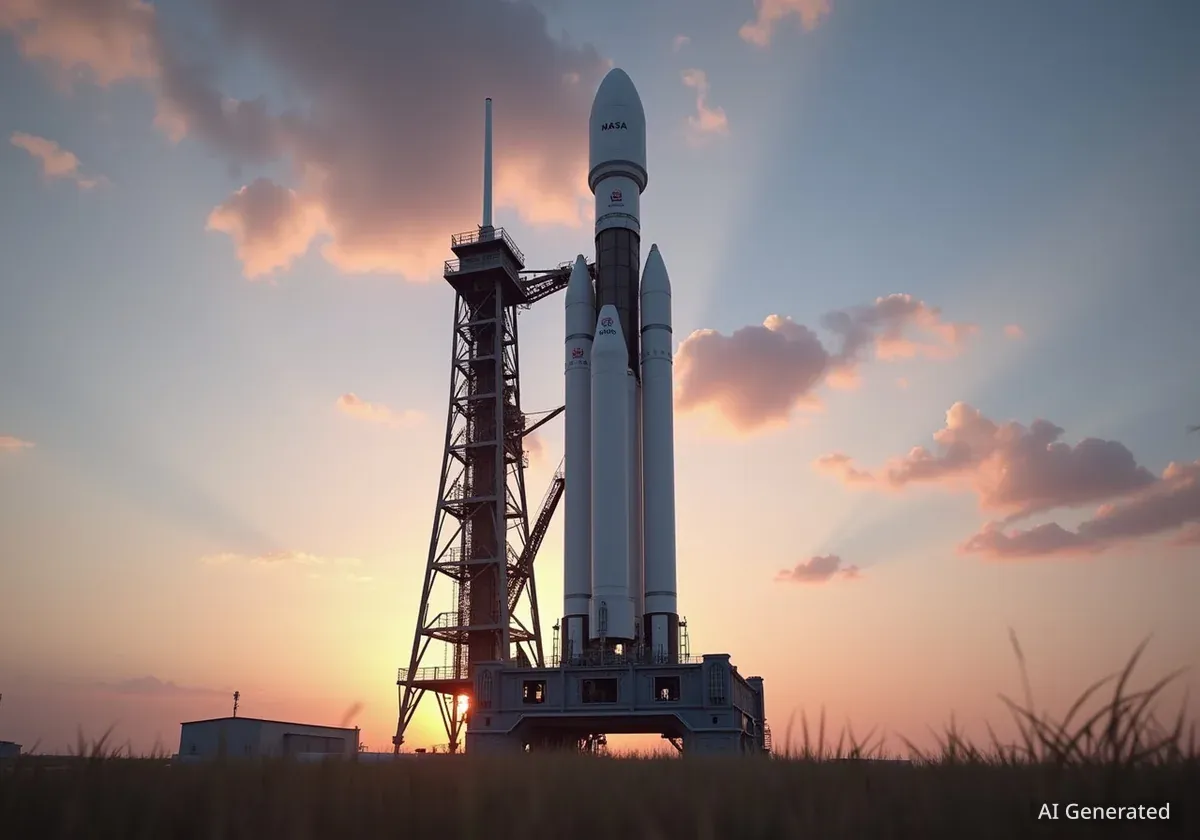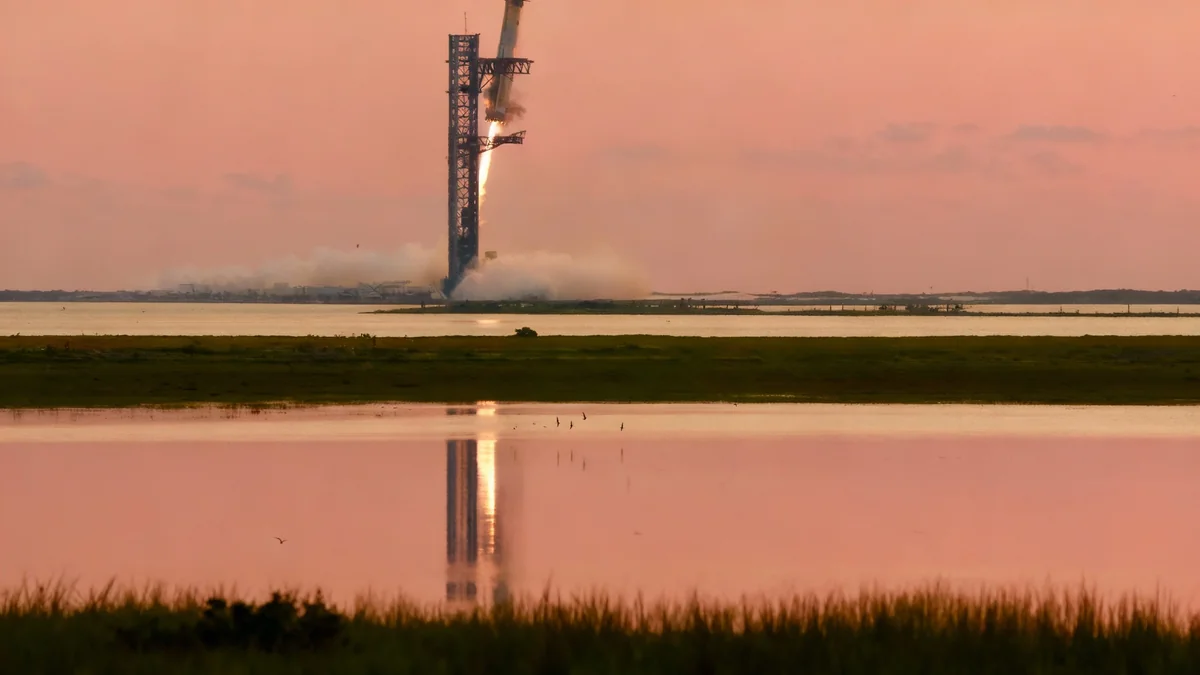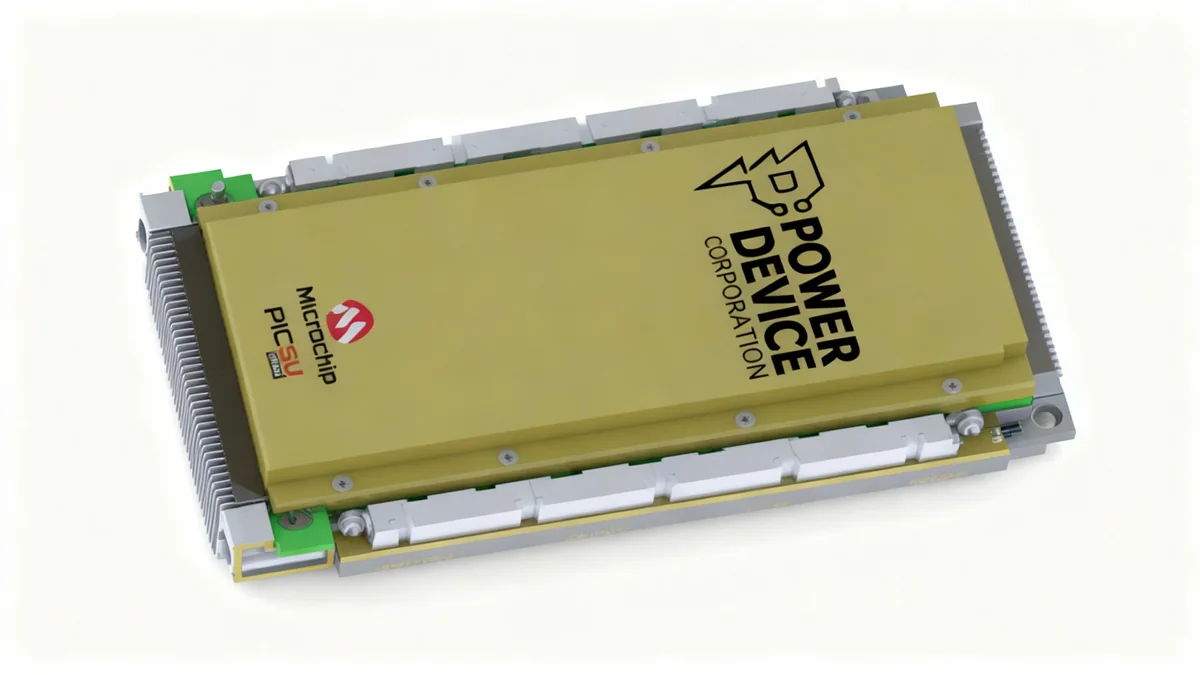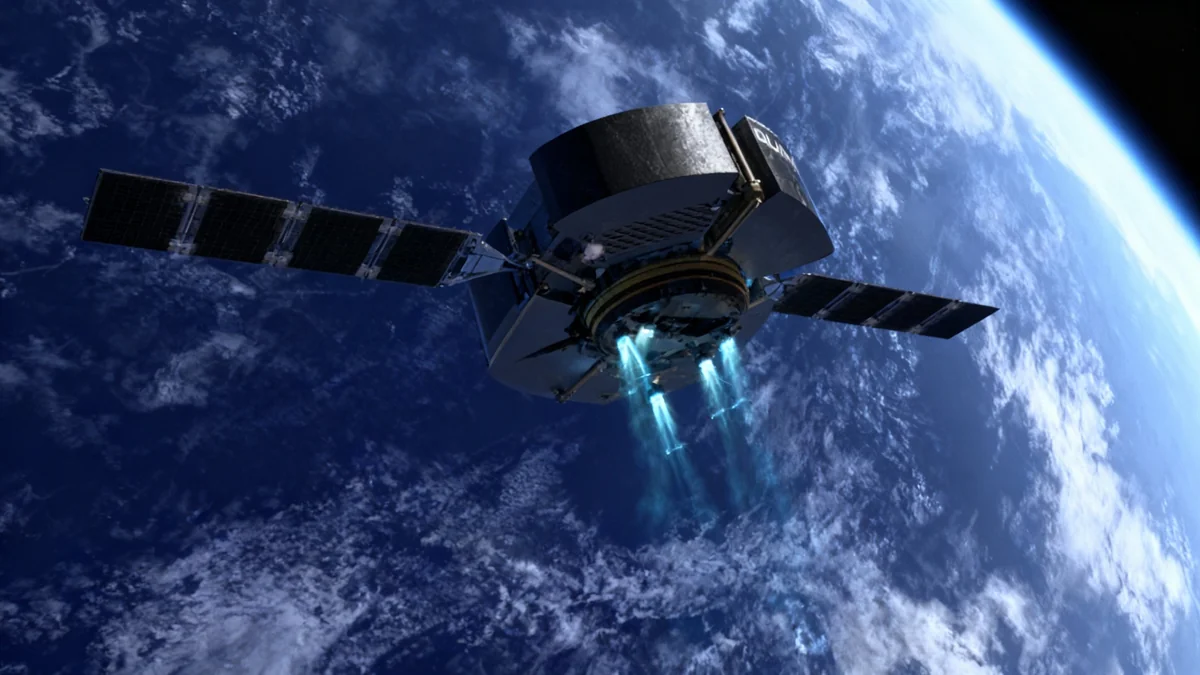Engineers at NASA's Kennedy Space Center have completed the assembly of the Space Launch System (SLS) rocket, which is set to carry four astronauts on a journey around the Moon. The final major component, the Orion spacecraft, was recently placed atop the massive rocket, marking a critical step toward the Artemis II mission, now targeted for launch as early as February 2026.
This mission represents a significant milestone in human space exploration, as it will be the first crewed flight to the lunar vicinity in over 50 years. The successful integration of the Orion capsule brings NASA closer to its goal of establishing a sustainable human presence on the Moon and preparing for future missions to Mars.
Key Takeaways
- The Artemis II mission's SLS rocket is now fully assembled at Kennedy Space Center.
- The Orion spacecraft, which will house the astronauts, has been integrated with the rocket.
- The mission is scheduled for a launch no earlier than February 5, 2026.
- While preparing for the future, a debate has emerged over the fate of the historic Space Shuttle Discovery.
The Final Piece of the Puzzle
The process of stacking the SLS rocket is a monumental task performed inside the Vehicle Assembly Building. The final step involved carefully lifting and securing the Orion spacecraft, which includes the crew module and service module, onto the rocket's upper stage. This integration completes the 98-meter (322-foot) tall launch vehicle.
With the hardware now fully assembled, teams will conduct a series of integrated tests to ensure all systems between the rocket and the spacecraft communicate and function as expected. These tests are essential for verifying the vehicle's readiness and ensuring the safety of the four-person crew who will fly the mission.
Artemis II by the Numbers
- Height: 98 meters (322 feet)
- Launch Thrust: 8.8 million pounds
- Crew: 4 astronauts
- Mission Duration: Approximately 10 days
- Objective: Fly around the Moon and return to Earth
Preparing for a New Lunar Environment
While NASA builds the hardware for future lunar missions, international partners are developing ways to prepare astronauts for the challenges they will face. One of the most significant obstacles is lunar dust, or regolith. Its fine, abrasive particles can damage equipment and pose health risks.
To address this, the European Space Agency (ESA) and the German Aerospace Center (DLR) have established the LUNA facility in Cologne, Germany. This advanced simulation center features a large hall filled with a special dust simulant that mimics the properties of lunar regolith. Astronauts and engineers can test hardware, including drills capable of sampling up to three meters deep, in a controlled, Earth-based environment.
Researchers are actively developing innovative solutions to the dust problem, such as specialized coatings and electrostatic "dust shields" designed to repel the charged particles. These technologies will be crucial for the long-term sustainability of lunar bases.
A Look to the Future and a Debate Over the Past
As the Artemis program looks forward, a discussion has emerged about the legacy of a previous era of space exploration. The retired Space Shuttle Discovery, a veteran of 39 spaceflights, has been on display at the Smithsonian Institution's Udvar-Hazy Center in Virginia since 2012.
The Legacy of Discovery
Space Shuttle Discovery flew more missions than any other orbiter, including the deployment of the Hubble Space Telescope. Its preservation is considered a matter of significant historical importance for the United States' space program.
However, recent developments have put the shuttle's future at the museum in question. The Office of Management and Budget has directed NASA and the Smithsonian to prepare for a potential move of the historic orbiter to Houston, Texas. This directive follows a request initiated by Senators John Cornyn and Ted Cruz.
Preservation experts have raised concerns about the proposal. Moving the shuttle would require extensive disassembly, a complex process that could compromise its structural integrity and historical authenticity. The debate highlights the tension between preserving priceless artifacts and regional interests, with the final decision on Discovery's location yet to be determined.
Beyond the Moon
The spirit of exploration extends far beyond our immediate celestial neighbor. Two active planetary spacecraft, Hera and Europa Clipper, are set for a unique scientific opportunity. In the coming weeks, both will pass through the ion tail of the interstellar comet 3I/ATLAS.
A recently published paper proposes using the instruments aboard both spacecraft to conduct an impromptu study of the comet's tail. This would provide valuable data on the composition and behavior of an object that originated from outside our solar system. Such opportunities demonstrate how missions can yield unexpected scientific returns through careful planning and inter-mission collaboration.
From assembling the next Moon rocket to preserving the history of past triumphs and seizing new scientific opportunities, the global space community continues to push the boundaries of exploration.





